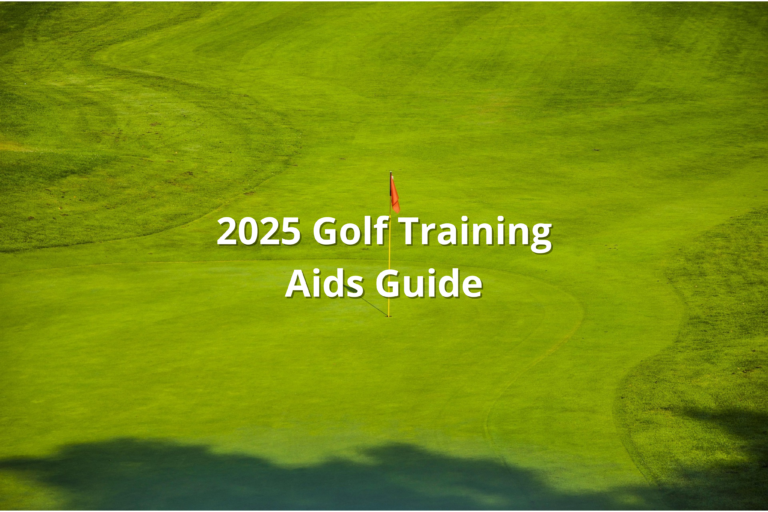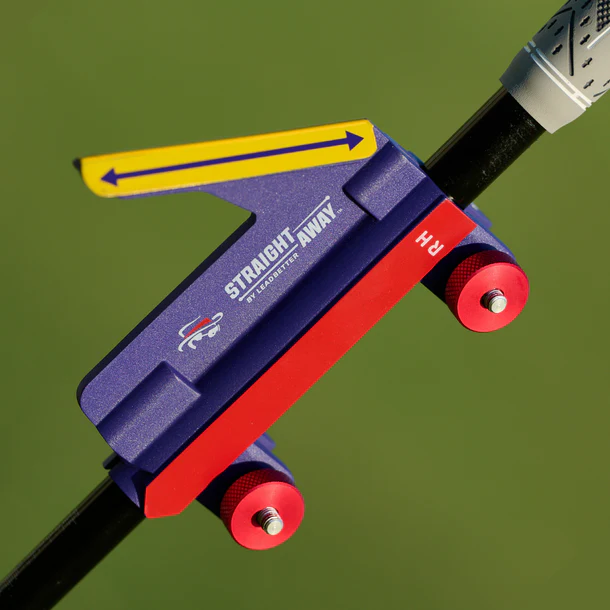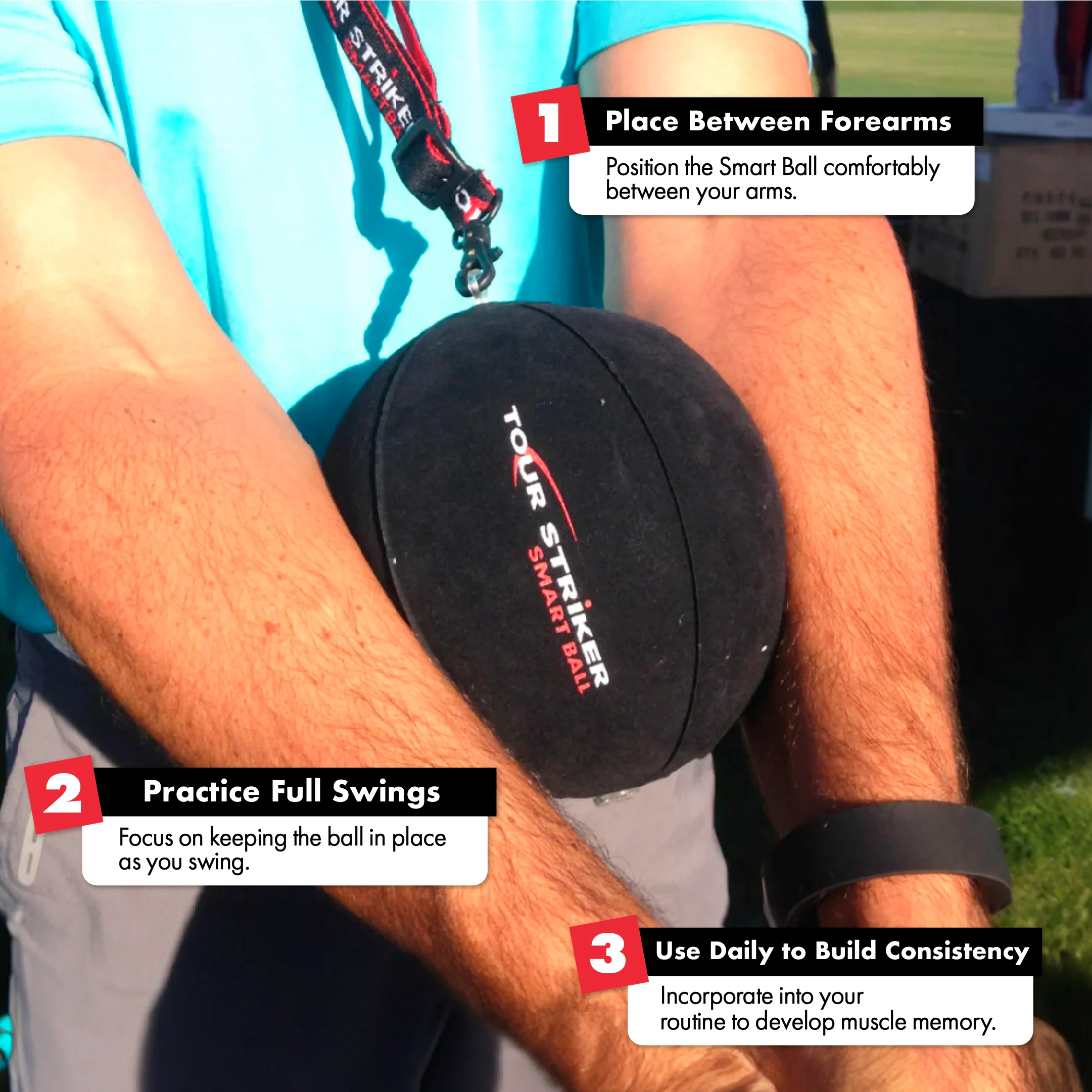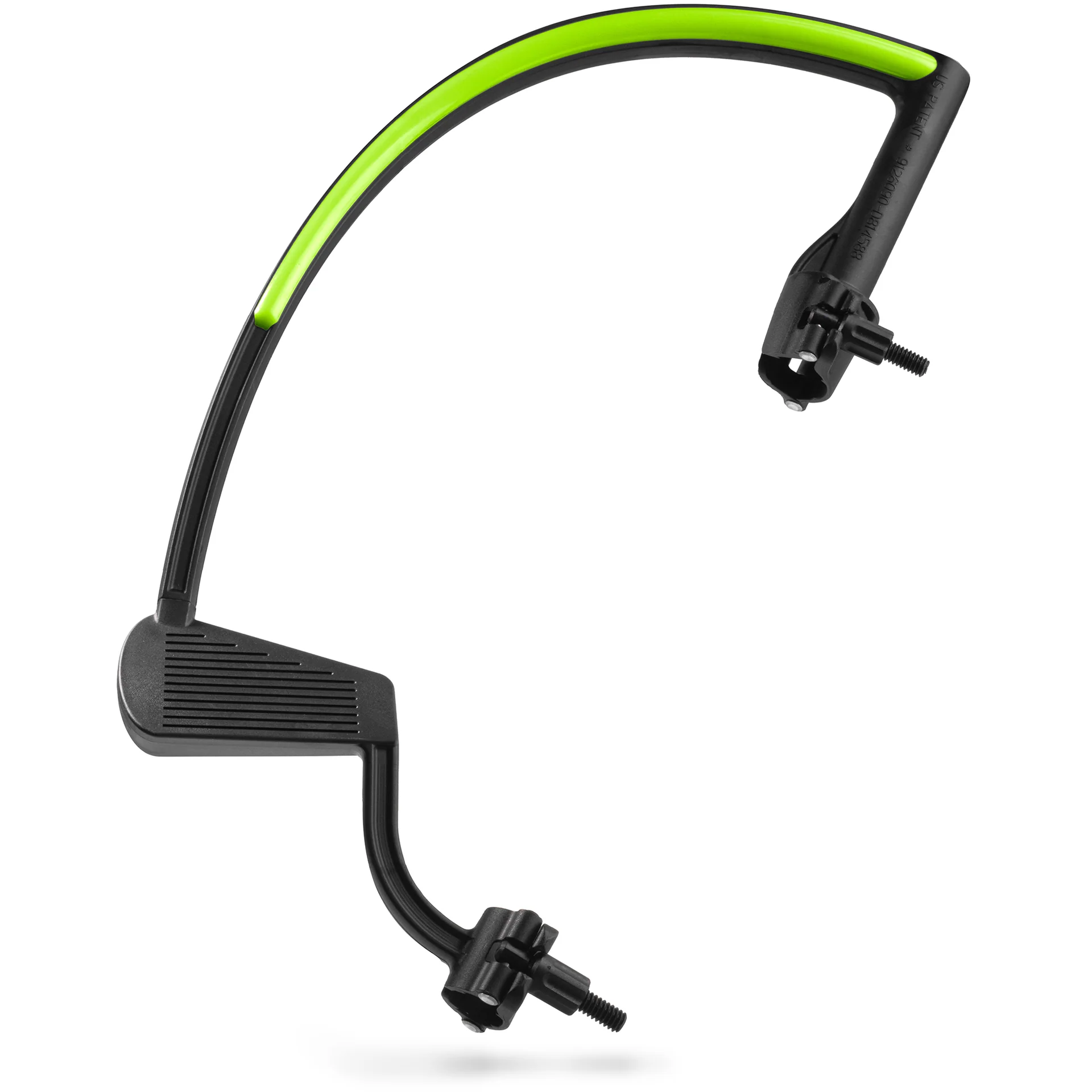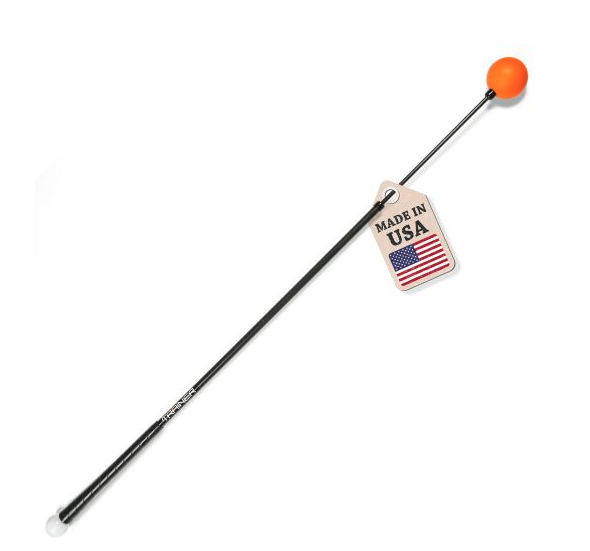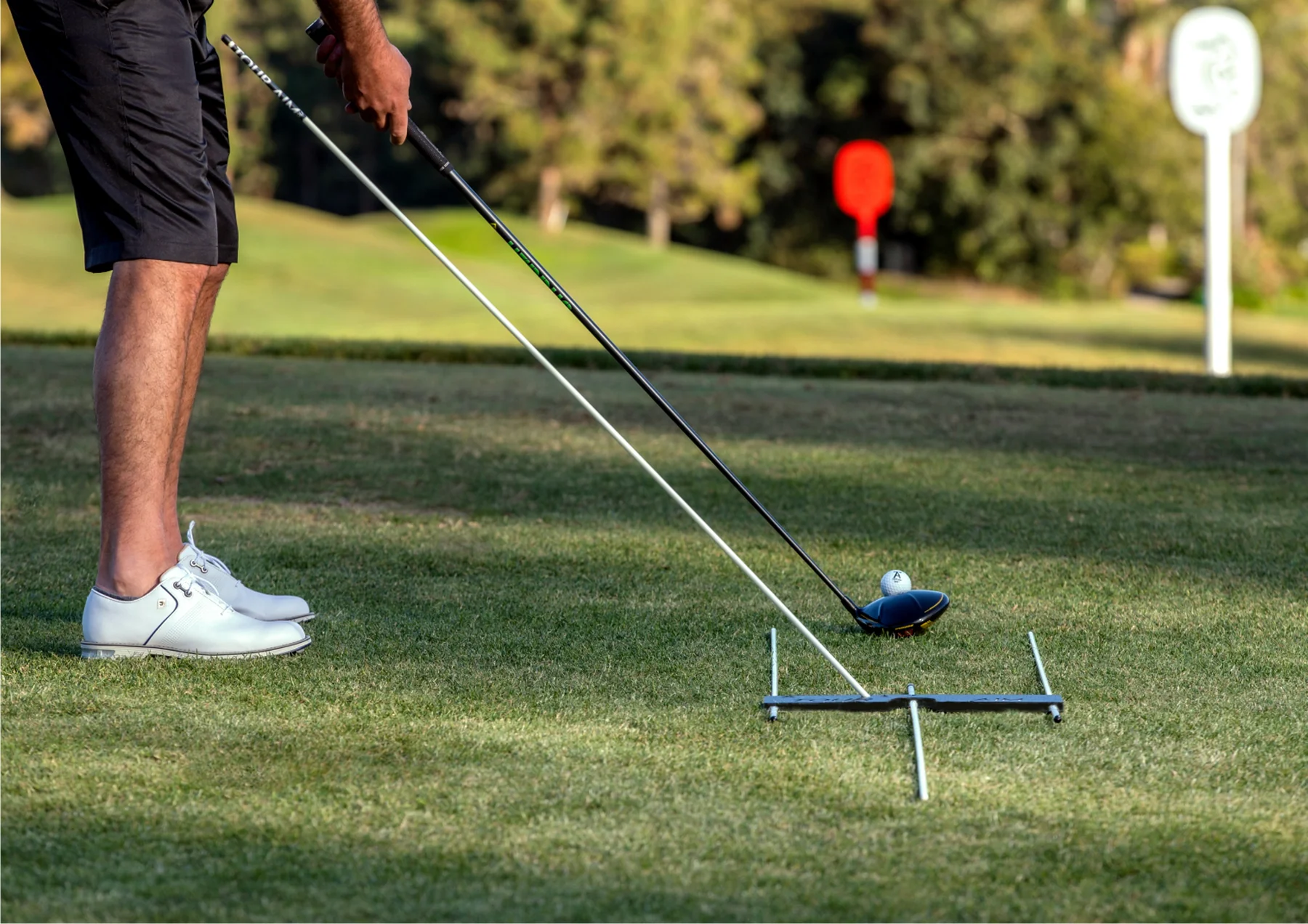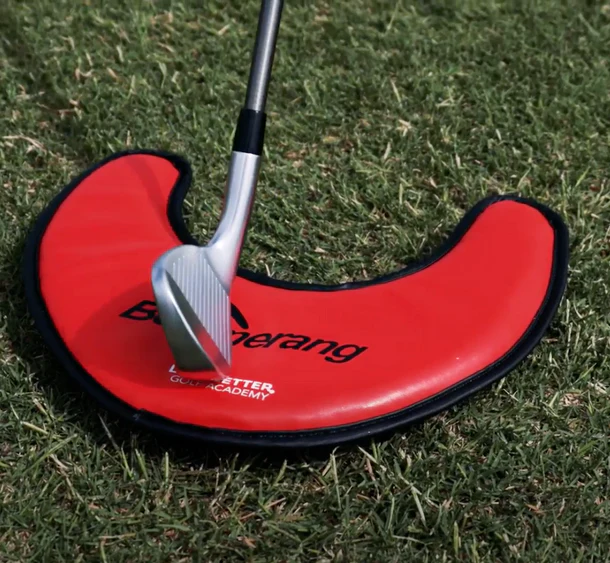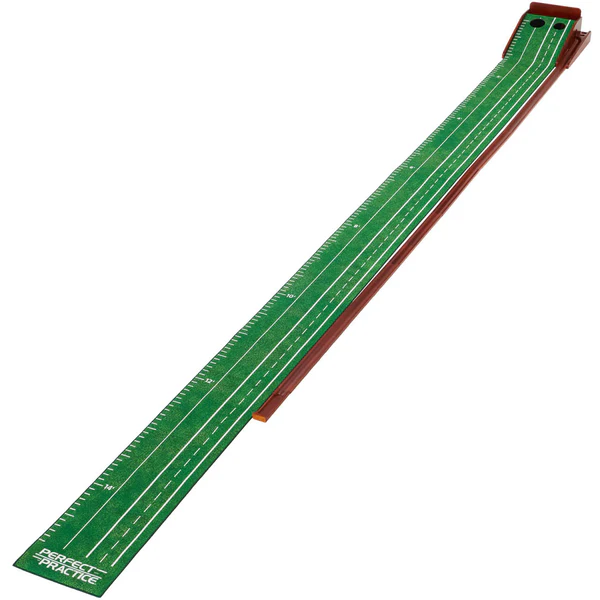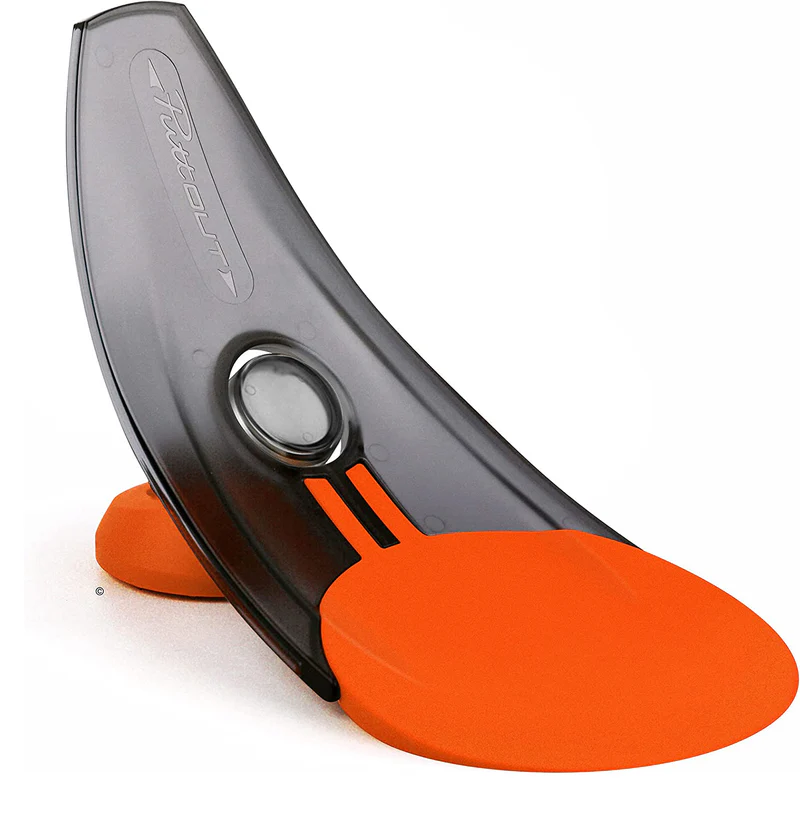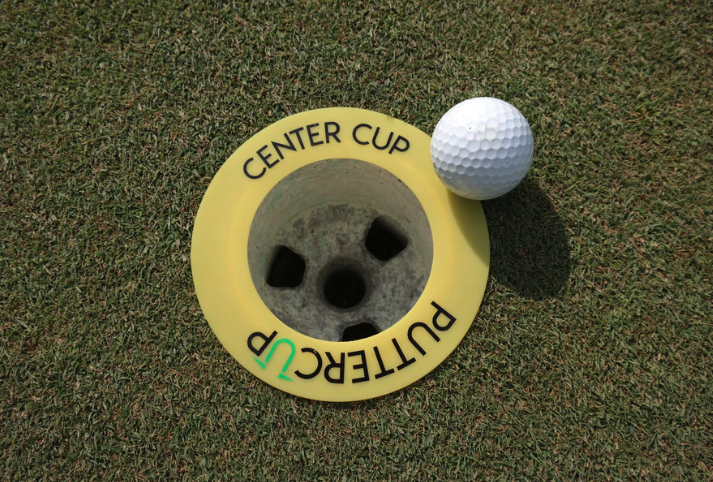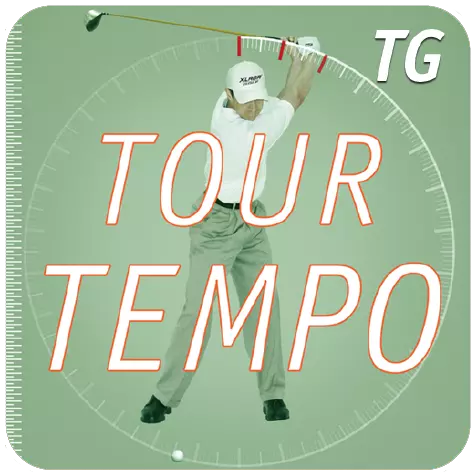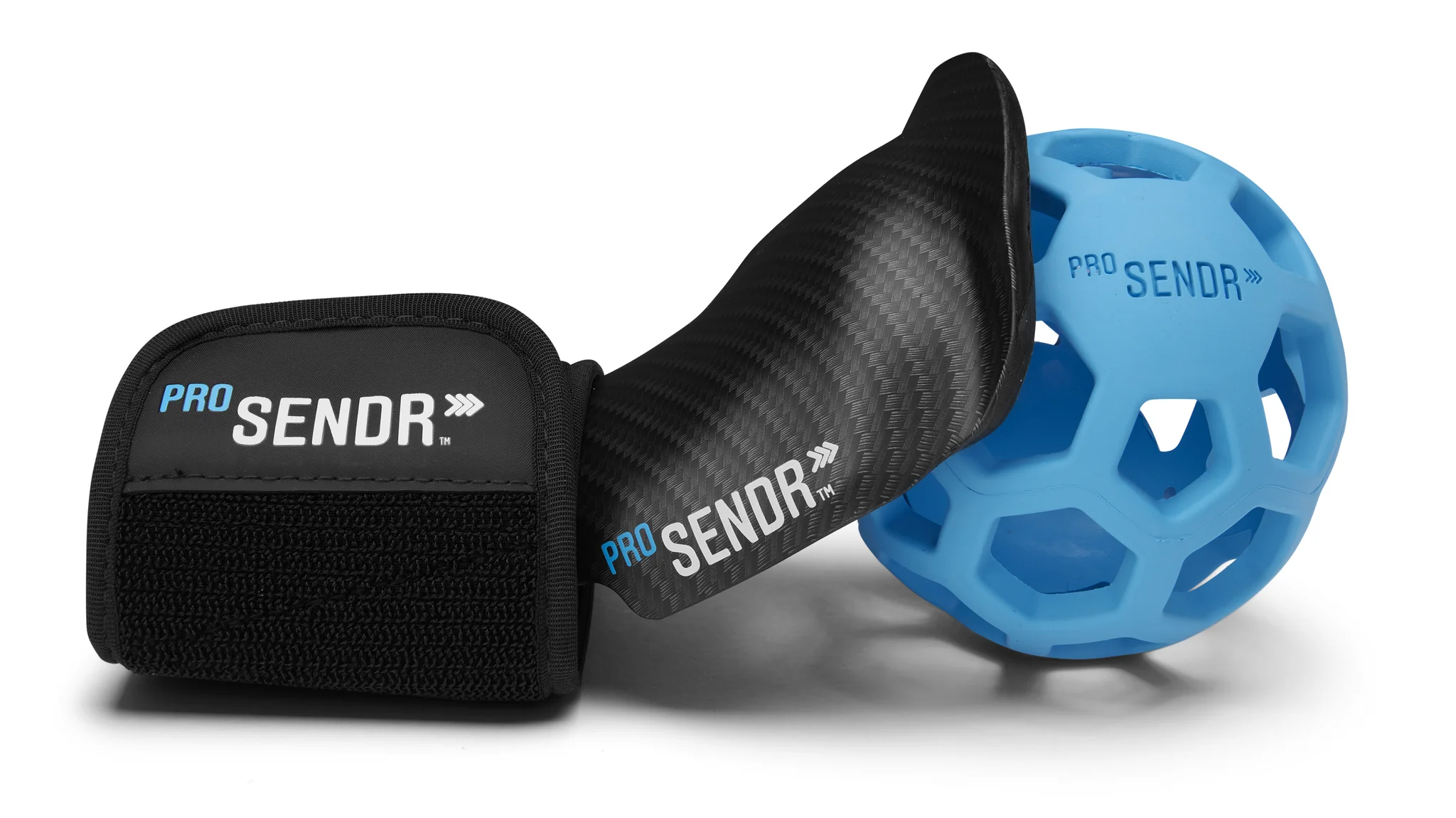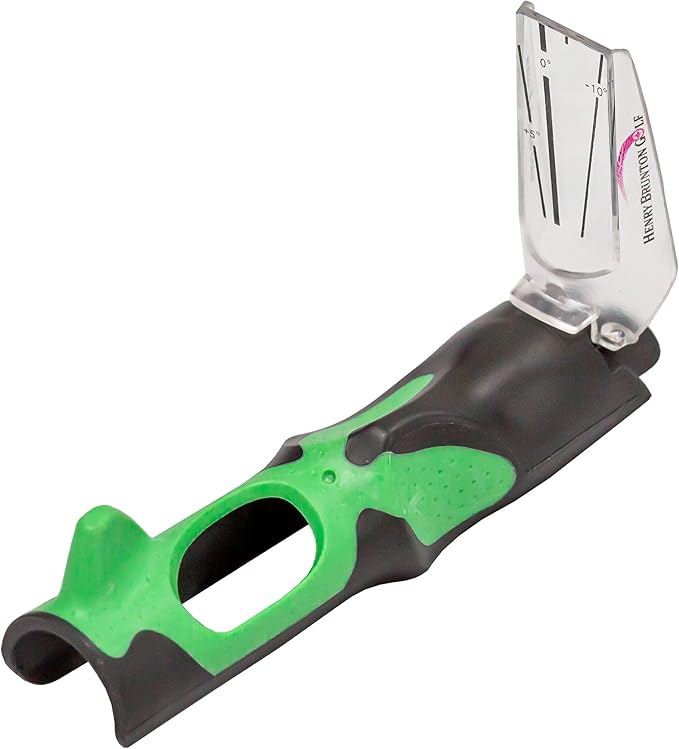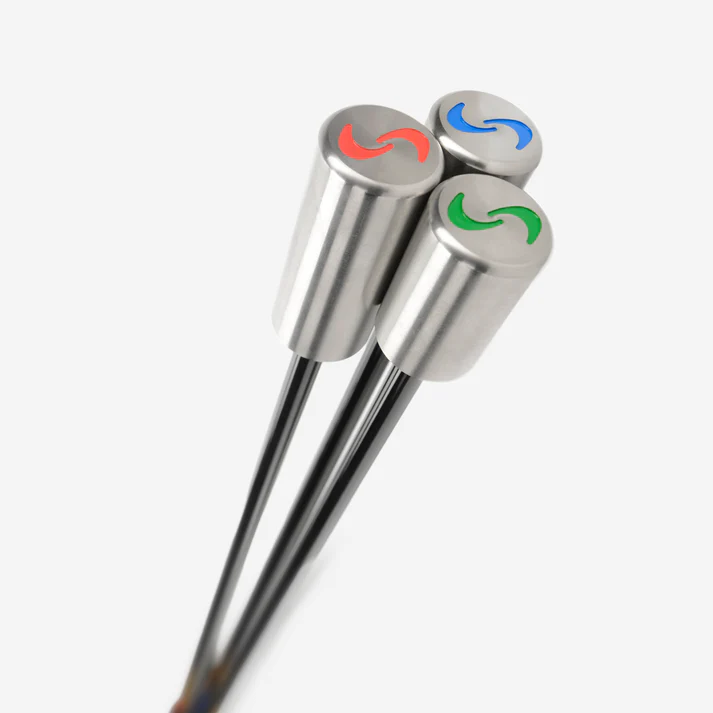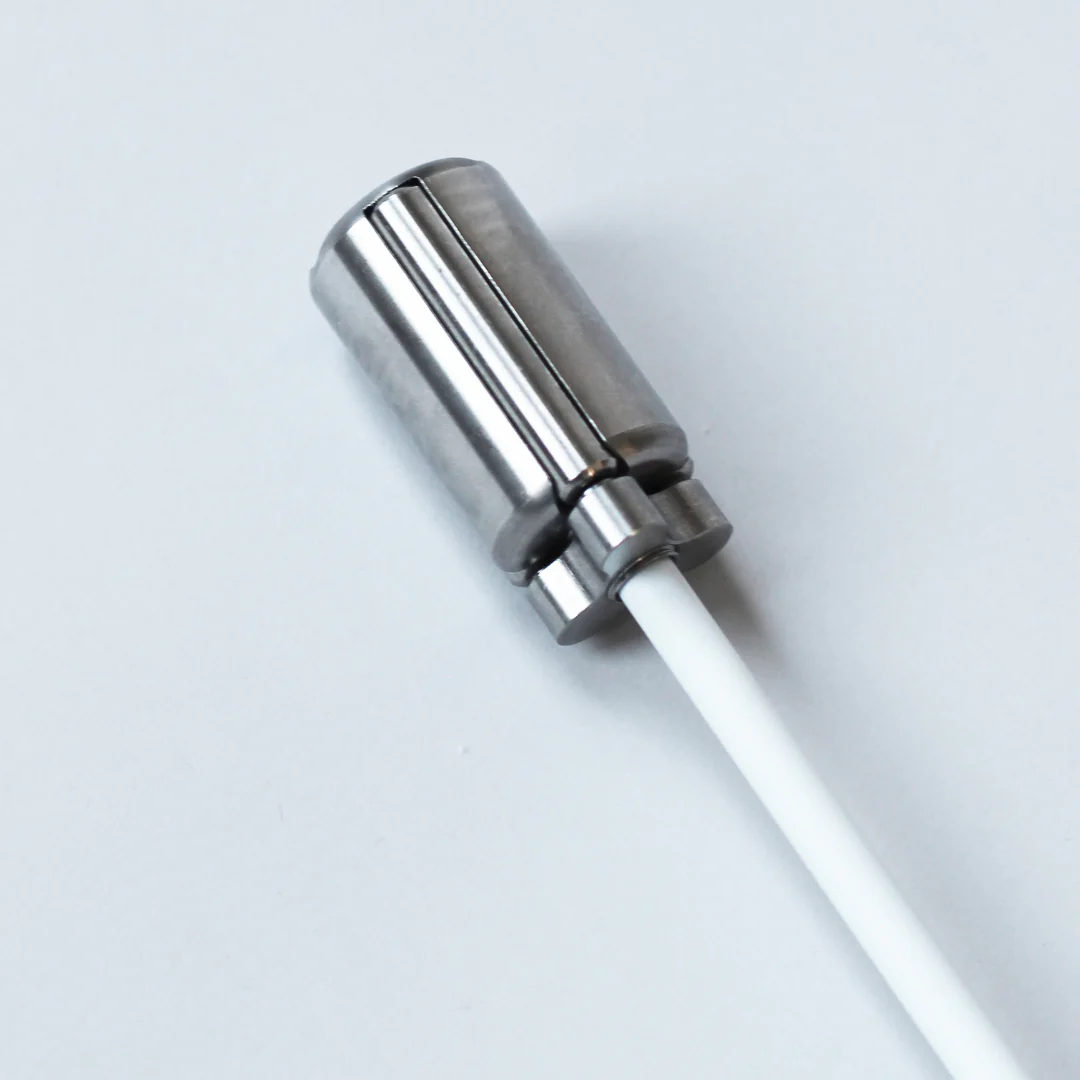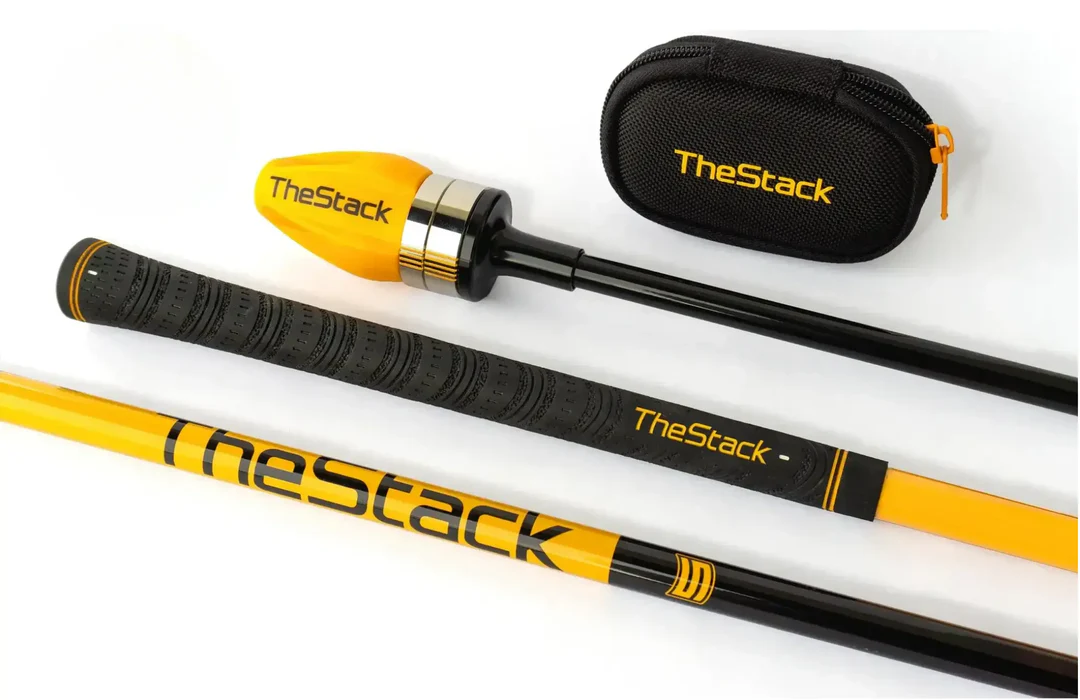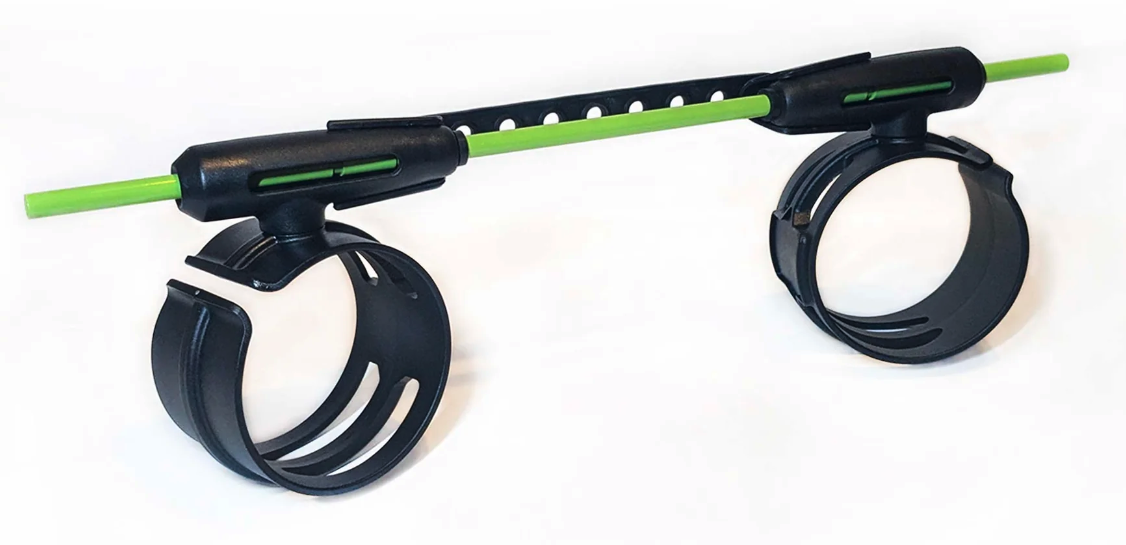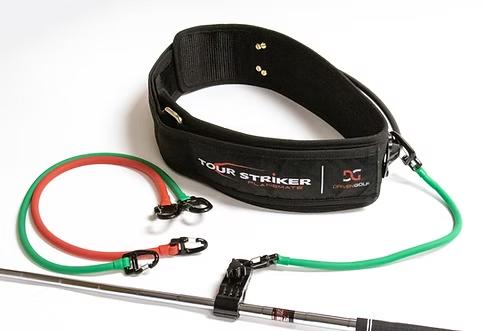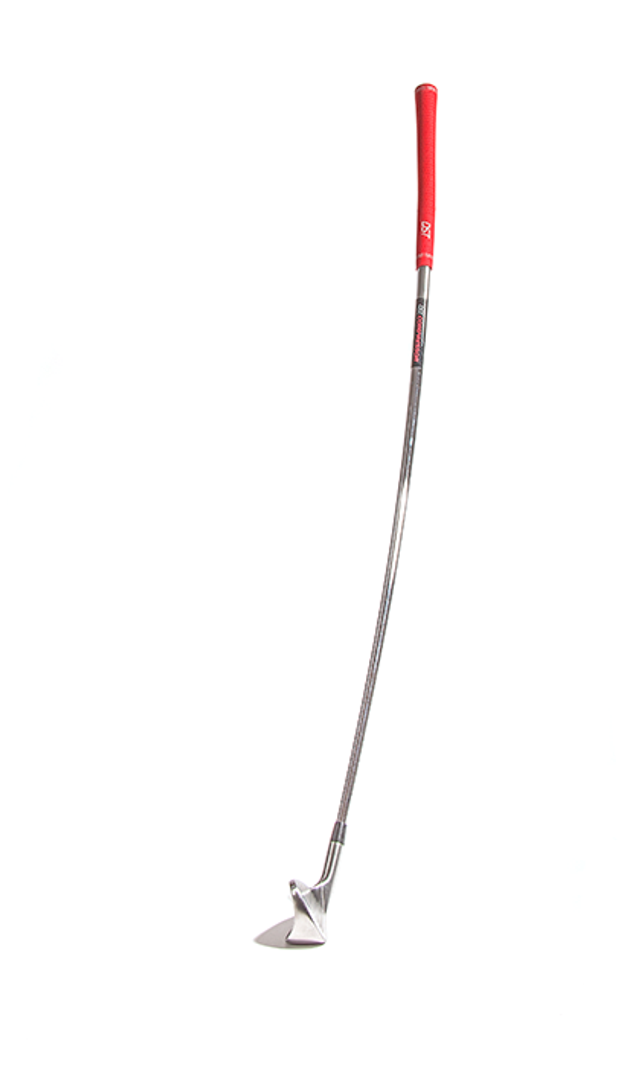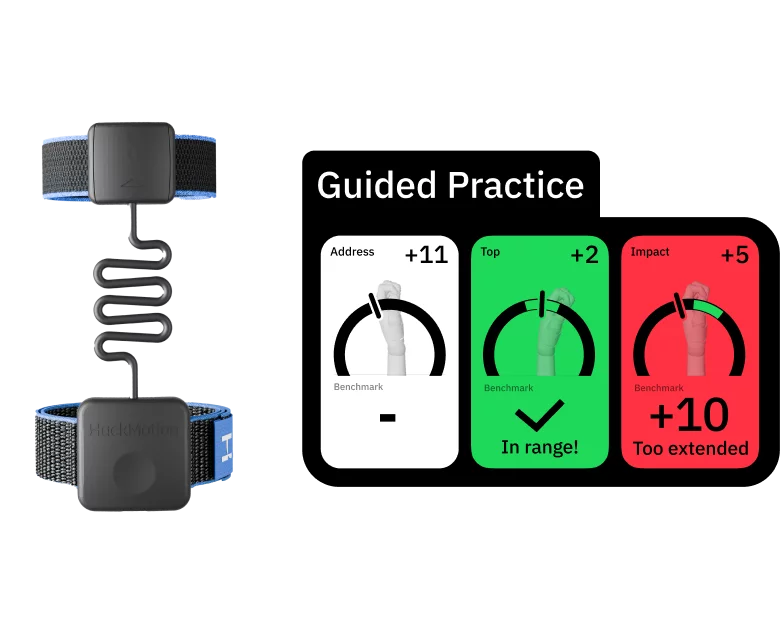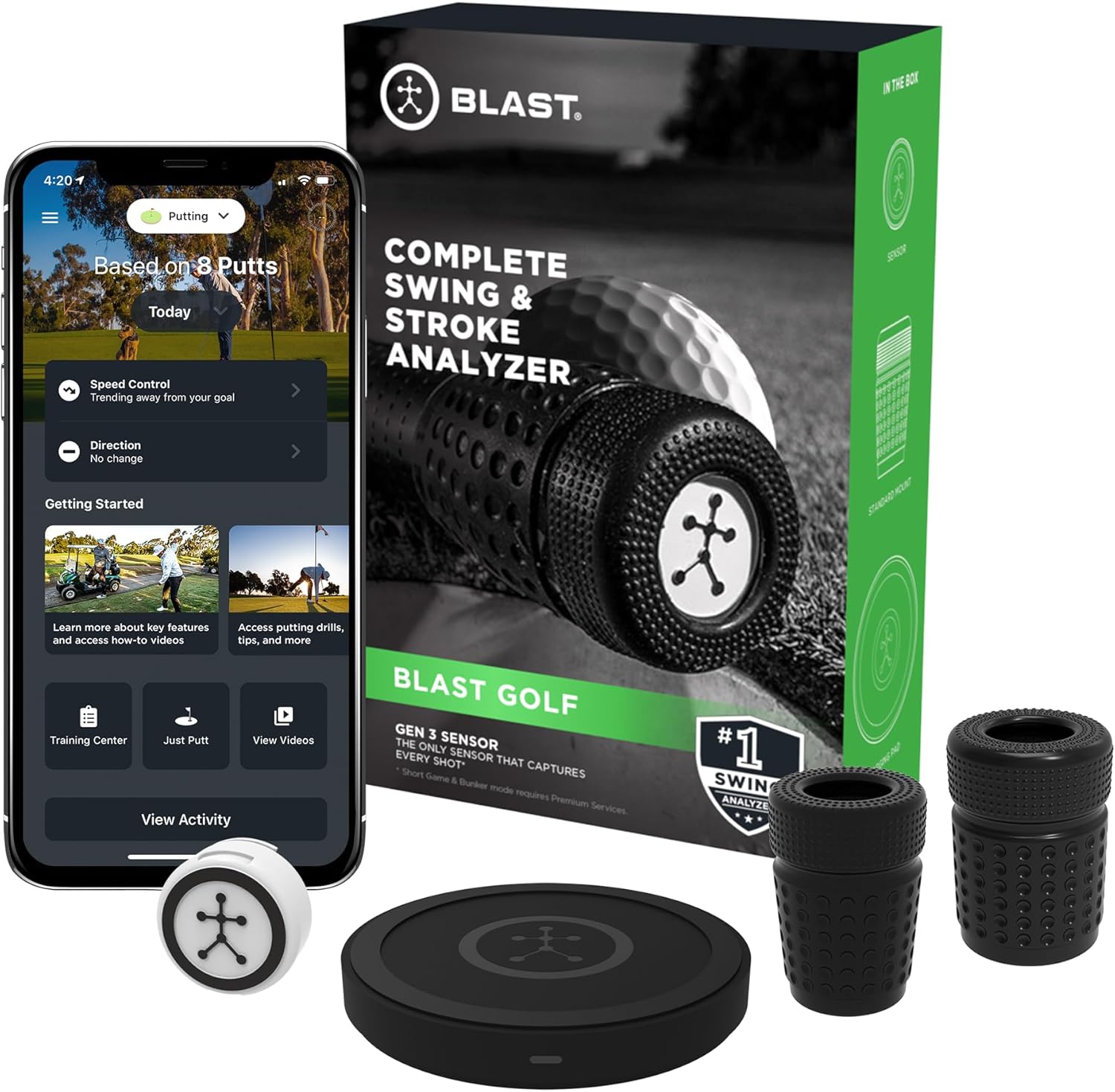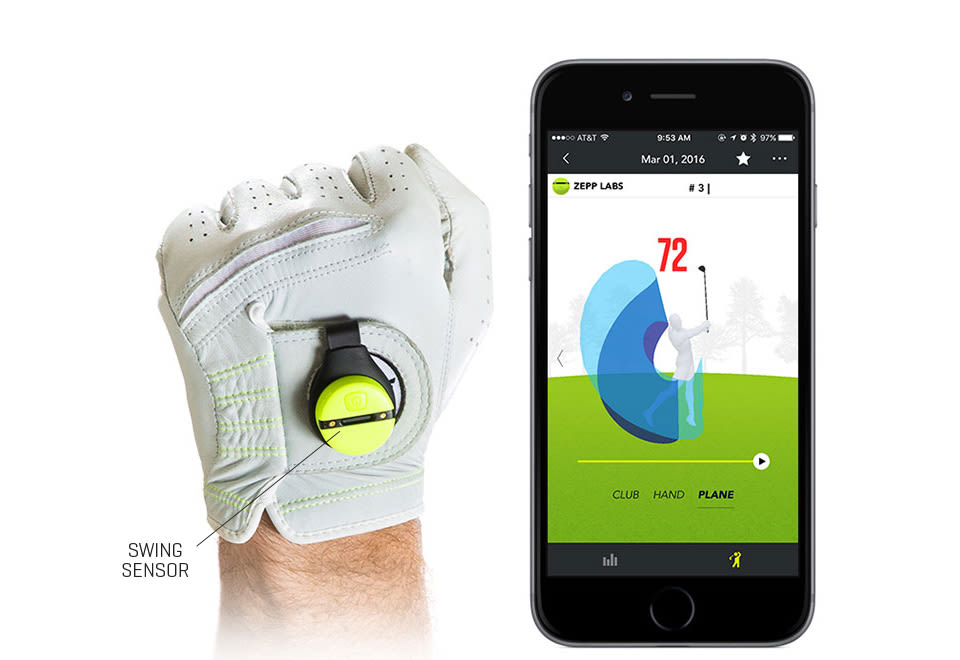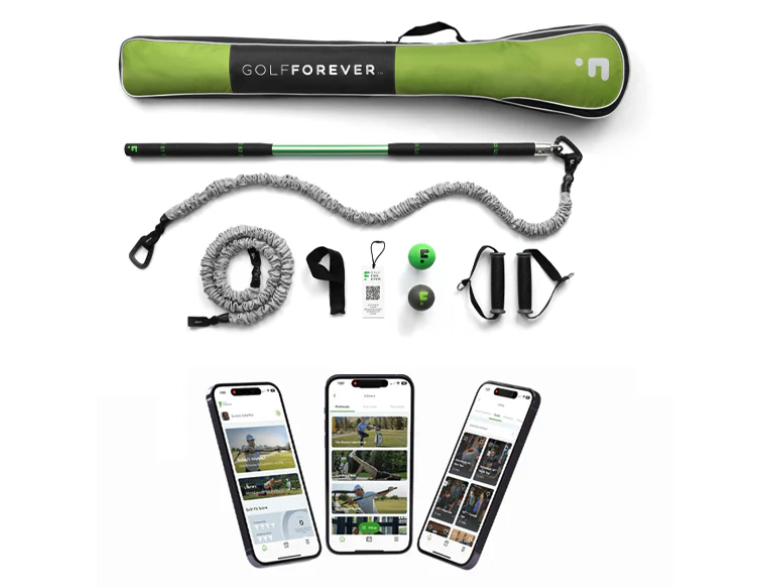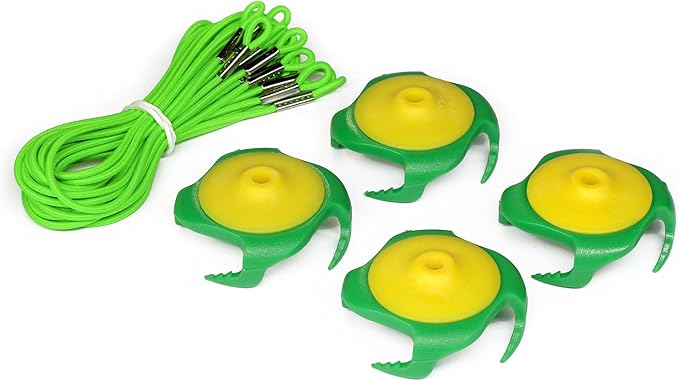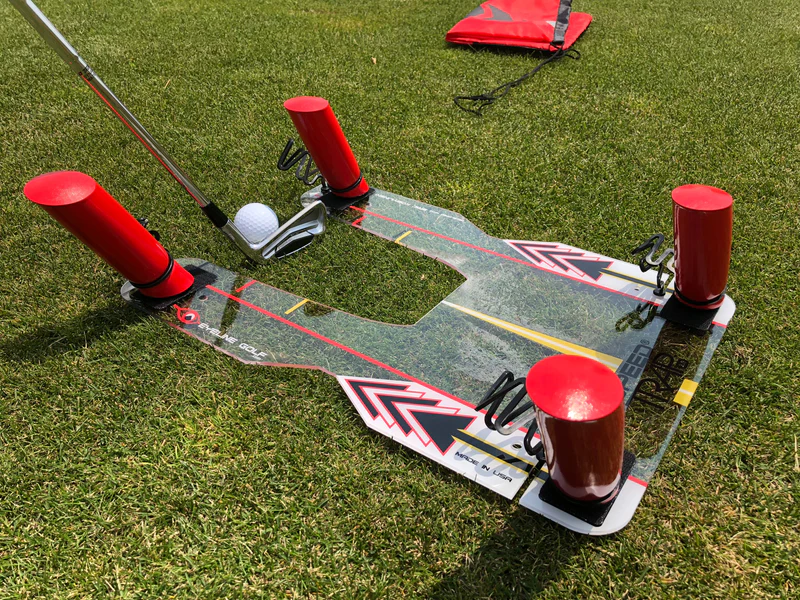A few minutes of focused practice with the right training aid can be more valuable than hours of aimless range time. The market is filled with options, from classic swing guides to high-tech feedback tools, and it can be difficult to know which ones are worth your time and money.
This guide organizes the best training aids of 2025 by the skill or issue they help you improve. Whether you want to add distance, stop slicing, improve your tempo, or make more putts, there’s something here to support your goals.
Each product entry will include:
- What it trains
- How it works
- Price tier (Low = under $50, Mid = $50–$150, High = $150+)
- Who it’s for
- Who it’s not for
Categories of Golf Training Aids
1. Full Swing Aids
These tools are built to improve swing mechanics, body rotation, and clubface control. Perfect for players working on consistency, power, or sequencing.
2. Putting Aids
Putting tools focus on face angle, alignment, stroke path, and distance control. Many are portable and easy to use indoors.
3. Tempo and Timing Trainers
Aids in this category improve swing rhythm and sequencing. They help golfers avoid rushed transitions and over-swinging.
4. Grip and Setup Trainers
These help establish solid fundamentals, including correct hand placement, stance, and posture. Essential for beginners and players rebuilding their foundation.
5. Distance and Speed Trainers
Designed to teach faster, more powerful swings without losing balance. Often used in structured protocols to gradually increase clubhead speed.
6. Slice Fixers
Tools that combat open clubfaces, over-the-top moves, and steep swing paths. Great for players struggling with directional misses off the tee.
7. Tech-Based Aids
Swing sensors, video analysis tools, and app-connected devices. These provide measurable feedback on your swing, tempo, path, and even clubface orientation.
8. Versatile and All-in-One Aids
Multi-function tools that address several parts of the game. Good for golfers who want to work on multiple skills with a single product.
Categories of Golf Training Aids
Full Swing Aids
These tools are built to improve swing mechanics, body rotation, and clubface control. Perfect for players working on consistency, power, or sequencing.
StraightAway
- What it trains: Wrist angles, takeaway mechanics, face control
- How it works: Attaches to the grip and aligns your lead wrist and clubface during the takeaway, ensuring a square face through impact.
- Price: Low
- Who it’s for: Golfers who fight a slice or early wrist cupping. Great for those rebuilding their swing.
- Who it’s not for: Players with limited range of motion or very advanced swing patterns.
- Why it stands out: Simplicity and effectiveness. PGA pros use it to reinforce square takeaway mechanics.
Tour Striker Smart Ball
- What it trains: Arm structure, connection, sequencing
- How it works: Inflatable ball placed between arms during the swing to prevent over-extension and early casting.
- Price: Mid
- Who it’s for: Players with disconnection issues or flying trail elbows.
- Who it’s not for: Golfers who already swing with tight body control.
- Why it stands out: It’s simple, packable, and forces clean sequencing.
TheHanger
- What it trains: Lead wrist control, face orientation
- How it works: Attaches to the grip and rests against the forearm to train wrist flexion through the backswing and into impact.
- Price: Mid
- Who it’s for: Golfers working on shaft lean or open face problems.
- Who it’s not for: Those looking for a hands-free aid.
- Why it stands out: Builds precise control of face angle using body awareness.
Orange Whip Trainer
- What it trains: Tempo, sequencing, flexibility
- How it works: Flexible shaft and weighted ball promote a rhythmic swing and coordinated body motion.
- Price: High
- Who it’s for: Golfers who swing too quickly or struggle with timing.
- Who it’s not for: Players seeking a mechanical or positional aid.
- Why it stands out: Long-term staple in warmup and tempo training.
Tour Aim Alignment System
- What it trains: Alignment, aim, swing path
- How it works: Combines multiple rods and target markers to build proper setup and directional control.
- Price: Mid
- Who it’s for: Players practicing alone or building setup consistency.
- Who it’s not for: Golfers who prefer minimal setup at the range.
- Why it stands out: Versatile system that reinforces aim and alignment through every club.
Putting Aids
Putting tools focus on face angle, alignment, stroke path, and distance control. Many are portable and easy to use indoors.
Boomerang Putting Trainer
- What it trains: Pace control, center contact, face angle
- How it works: A compact system that returns made putts back to the player. If your pace or face is off, the ball won’t return cleanly.
- Price: Low
- Who it’s for: Players practicing indoors or wanting fun, productive reps anywhere.
- Who it’s not for: Golfers seeking a static alignment-only tool.
- Why it stands out: Excellent for feedback on speed and roll. Great for indoor practice.
Perfect Practice Putting Mat
- What it trains: Start line control, aim, stroke length
- How it works: Marked lanes guide your stroke path and help visualize speed control. Some versions include an auto-return feature.
- Price: Mid
- Who it’s for: Golfers who want consistent indoor reps.
- Who it’s not for: Those who already have strong fundamentals and want dynamic feedback.
- Why it stands out: Structured and accessible design that’s easy to roll out and practice with at home.
Putting Mirror (various brands)
- What it trains: Eye alignment, shoulder position, stroke path
- How it works: Reflective surface and lines give immediate feedback on your setup and stroke arc. Often paired with gate drills.
- Price: Low
- Who it’s for: Golfers working on posture and setup.
- Who it’s not for: Players needing pace training.
- Why it stands out: One of the simplest but most effective aids for diagnosing stroke faults.
PuttOUT Pressure Trainer
- What it trains: Speed and aim
- How it works: A ramp-shaped target returns made putts and rejects mis-hits. It simulates the perfect pace required to hole a putt.
- Price: Low
- Who it’s for: Golfers who struggle with leaving putts short or blasting them past.
- Who it’s not for: Players looking to work only on mechanics.
- Why it stands out: Simple, compact, and incredibly effective.
PutterCup
- What it trains: Accuracy, aim, center contact
- How it works: A small, raised putting target that simulates the diameter of a golf hole. Helps golfers visualize the proper line and speed without needing a physical cup.
- Price: Low
- Who it’s for: Golfers practicing on smooth indoor surfaces who want a portable aiming target.
- Who it’s not for: Players looking for stroke path correction tools.
- Why it stands out: Compact and easy to toss in any practice bag, useful for developing touch and accuracy at home and on the course.
Tempo and Timing Trainers
These tools are designed to help golfers develop a smooth and repeatable swing rhythm. Tempo trainers help improve transition timing and promote proper sequencing throughout the swing.
Orange Whip Mid-Size Trainer
- What it trains: Swing tempo, balance, rhythm
- How it works: A flexible shaft and weighted head encourage a slow and connected transition with a full finish.
- Price: High
- Who it’s for: Players rushing their transition or swinging off balance.
- Who it’s not for: Golfers looking for specific mechanical correction.
- Why it stands out: A proven aid used by coaches and pros for warmup and long-term tempo training.
Tour Tempo App
- What it trains: Audio-based swing rhythm and transition timing
- How it works: Provides audio tones synced to specific ratios between backswing and downswing. The user practices matching the sound with the swing tempo.
- Price: Low
- Who it’s for: Players who struggle with tempo and want a modern tech approach.
- Who it’s not for: Golfers looking for physical swing guidance.
- Why it stands out: Portable and customizable for both full swings and short game.
ProSENDR
- What it trains: Hand position, tempo, feel-based sequencing
- How it works: Worn on the lead wrist, this wearable teaches ideal pressure and wrist angles while promoting proper timing in the downswing.
- Price: High
- Who it’s for: Competitive golfers and feel-driven players working on precision.
- Who it’s not for: Beginners unfamiliar with wrist mechanics.
- Why it stands out: Used on Tour and developed by top instructors for elite-level sequencing.
Grip and Setup Trainers
These aids reinforce the foundations of every good swing: grip, posture, and alignment. Perfect for beginners and those revisiting fundamentals.
GripIt Rite Training Grip
- What it trains: Proper hand placement and grip pressure
- How it works: A rubber mold that fits over your club handle, guiding your fingers into ideal grip positions.
- Price: Low
- Who it’s for: Beginners or golfers trying to break old grip habits.
- Who it’s not for: Advanced players with custom grips or grip styles.
- Why it stands out: Easy to use and highly effective for new players.
Tour Sticks / Alignment Rods
- What it trains: Stance, aim, ball position
- How it works: Placed on the ground to show setup alignment, target lines, and foot placement.
- Price: Low
- Who it’s for: All golfers looking to dial in consistent setup.
- Who it’s not for: Players looking for feedback during the swing.
- Why it stands out: Versatile and applicable to nearly every part of the game.
Eyeline Golf Shoulder Mirror
- What it trains: Posture, spine angle, head position
- How it works: A mirror designed to show your shoulder alignment, eye position, and spine tilt. Commonly used in putting but helpful for full swing as well.
- Price: Mid
- Who it’s for: Golfers working on setup posture or head movement.
- Who it’s not for: Players practicing without visual feedback tools.
- Why it stands out: Gives real-time visual confirmation of proper setup angles.
Distance and Speed Trainers
These training aids are designed to help golfers generate more clubhead speed and maximize distance off the tee. They focus on swing sequencing, speed training, and explosive power.
SuperSpeed Golf Training System
- What it trains: Clubhead speed, swing sequence, explosive tempo
- How it works: A system of three progressively weighted clubs used in over-speed training protocols to improve swing speed without sacrificing control.
- Price: High
- Who it’s for: Golfers looking to add measurable distance through structured practice.
- Who it’s not for: Players recovering from injury or needing joint support.
- Why it stands out: Used by touring professionals and backed by data-driven training protocols.
Rypstick
- What it trains: Rotational speed, balance, speed transition
- How it works: A single shaft with adjustable weights, combining swing speed training and balance drills.
- Price: Mid
- Who it’s for: Golfers who want a portable and customizable tool.
- Who it’s not for: Those seeking instant feedback without radar tracking.
- Why it stands out: Easy to pack and effective for home or range work.
Stack System
- What it trains: Swing speed, acceleration, and loading mechanics
- How it works: A smart sensor-equipped weighted club connected to an app, offering personalized programs and tracking data.
- Price: High
- Who it’s for: Data-driven golfers or those working with coaches.
- Who it’s not for: Beginners unfamiliar with app-based training or swing analytics.
- Why it stands out: Built by leading biomechanists and highly customizable.
Slice Fixers
These tools are designed to help correct an over-the-top swing path, open clubface, or improper rotation that leads to a slice. They promote inside-out swings and proper release mechanics.
Swing Align Trainer
- What it trains: Body rotation, alignment, swing path
- How it works: A strap system with alignment rods that promotes connected body movement and proper shoulder rotation.
- Price: Mid
- Who it’s for: Golfers struggling with slicing caused by poor upper body movement.
- Who it’s not for: Players only needing face angle correction.
- Why it stands out: Builds muscle memory for staying connected throughout the swing.
PlaneMate by Tour Striker
- What it trains: Shallowing, path, clubface control
- How it works: Resistance bands guide the club along a shallow path during takeaway and downswing, preventing over-the-top moves.
- Price: High
- Who it’s for: Players looking to fix a steep or outside-in downswing.
- Who it’s not for: Golfers who already have a neutral path but struggle with timing.
- Why it stands out: One of the most effective tools for ingraining proper swing plane.
DST Compressor
- What it trains: Shaft lean, impact position, face control
- How it works: A bent-shaft training club that helps golfers feel forward shaft lean and compressed impact.
- Price: Mid
- Who it’s for: Golfers who flip at impact or leave the face open.
- Who it’s not for: Beginners unfamiliar with proper impact mechanics.
- Why it stands out: Highly effective for learning proper ball-first contact.
Tech-Based Aids
These aids include smart devices, sensors, and mobile-enabled feedback systems that track swing metrics, tempo, path, and club movement. Perfect for golfers who want measurable data or prefer self-guided improvement.
HackMotion Wrist Sensor
- What it trains: Wrist angles, flexion/extension, face control
- How it works: A sensor strap that measures wrist movement and angles in real time, syncing with a mobile app to offer visual feedback.
- Price: High
- Who it’s for: Coaches and advanced players seeking precise data to fine-tune wrist and face control.
- Who it’s not for: Beginners or players without a coach to interpret data.
- Why it stands out: Incredible depth of feedback with Tour-level precision.
Blast Motion Golf Sensor
- What it trains: Tempo, timing, stroke metrics
- How it works: A motion sensor that attaches to your club and syncs with your phone, offering swing and putting data like tempo, timing, and face rotation.
- Price: Mid
- Who it’s for: Golfers wanting instant feedback across multiple swing types.
- Who it’s not for: Players who don’t want to pair with mobile apps.
- Why it stands out: One of the easiest sensors to set up and use consistently.
Zepp Golf 2 Sensor
- What it trains: Club path, hand speed, swing plane
- How it works: Clips to your glove and pairs with an app to track swing analytics. Provides visual swing path and angle breakdowns.
- Price: Low
- Who it’s for: DIY golfers who enjoy tracking trends and analyzing motion.
- Who it’s not for: Players looking for mechanical feel aids.
- Why it stands out: Strong blend of affordability and versatility.
Versatile and All-in-One Aids
These tools are adaptable, often covering multiple training categories. They provide broad application and can be used to reinforce several key fundamentals at once.
GolfForever Swing Trainer
- What it trains: Strength, flexibility, swing sequencing
- How it works: Combines a resistance training bar with golf-specific fitness routines and warmups to support better movement and coordination.
- Price: High
- Who it’s for: Golfers working on physical conditioning and swing structure.
- Who it’s not for: Players looking strictly for mechanical feedback tools.
- Why it stands out: Blends fitness and swing drills with app-guided programs.
Tee Claw
- What it trains: Tee alignment, foot positioning, putting path, chipping lanes
- How it works: Elastic lanyards and spiked claws create endless setup and path guides on grass, turf, or mats.
- Price: Low
- Who it’s for: Players who practice often and want to replicate consistent alignment drills.
- Who it’s not for: Golfers looking for structured coaching-based feedback.
- Why it stands out: Lightweight, portable, and usable across all clubs and surfaces.
Eyeline Speed Trap 2.0
- What it trains: Swing path, impact location, clubface control
- How it works: Plastic rails and foam rods outline the intended swing zone, providing visual and physical feedback when the club gets off track.
- Price: Mid
- Who it’s for: Golfers working on inside-out path, face control, and low-point management.
- Who it’s not for: Players with extremely flat swings may find the lane restrictive.
- Why it stands out: Great for full swing, chipping, and even putting path training.
Final Thoughts
Training aids can be powerful tools, but only when used with purpose. The best training aid is one that fits your goals, matches your current swing needs, and keeps you engaged in focused practice. Whether you’re working with a coach or grinding solo in your garage or on the range, there is a product in this guide that can help.
Start with what you’re trying to fix or improve, then match the tool to the task. A putting mirror will not fix your slice, and a speed stick will not cure your yips. Choose intentionally, stay consistent, and always pair any training aid with real feedback and progress tracking.
In the end, it’s not about having every gadget. It’s about finding the right one that helps you become a better golfer.
Let us know what training aids have worked for you, and which tools you’d like to see reviewed in the future.
